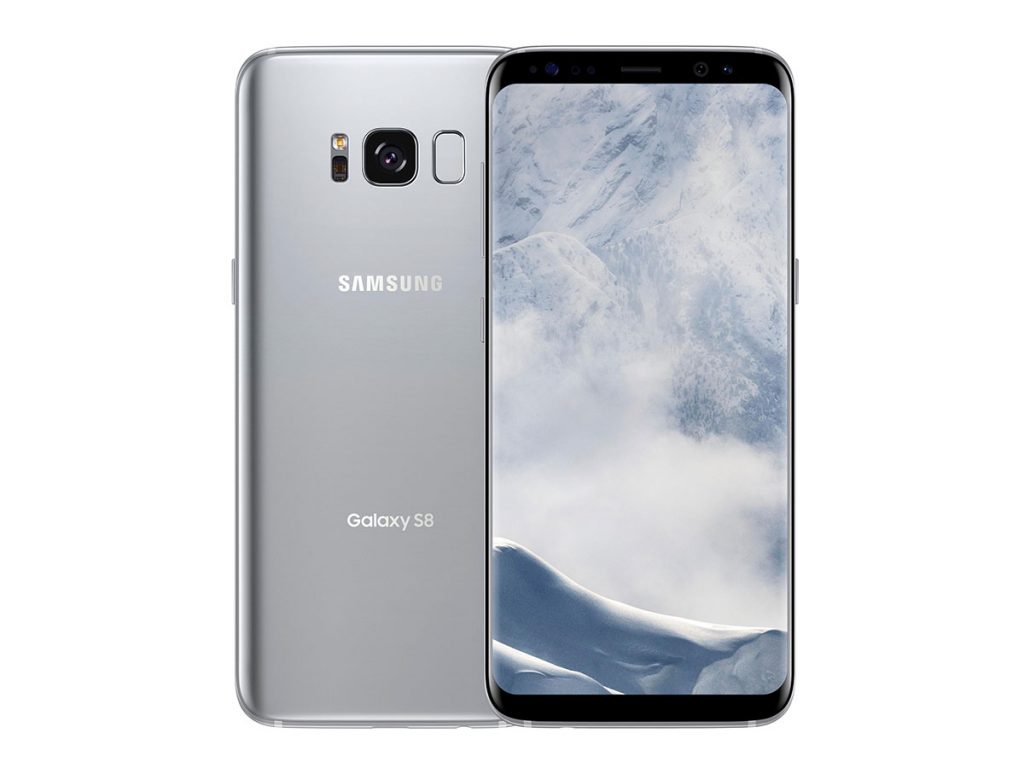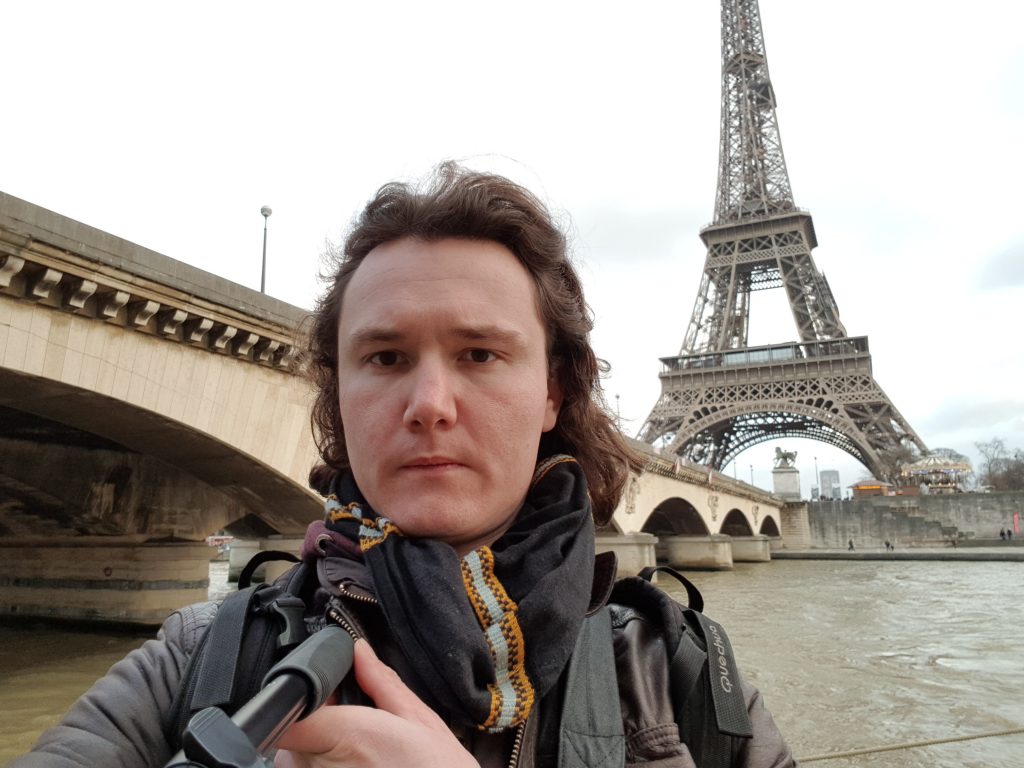The Samsung Galaxy S8 was originally launched in March 2017 and was the Korean manufacturer’s flagship smartphone at the time. The 8Mp front camera uses a 1/3.6″ sensor and comes with a 25mm, f/1.7-aperture lens with autofocus. An autofocus system for the front camera was pretty unusual in 2017; the rest of the front camera specs are in line with other flagship devices from the same generation. Keep reading to find out how the S8 performed in our Selfie test and how it stacks up against more recent competition.
Key front camera specifications:
- 1/3.6″ 8Mp sensor (1.22µm pixel size)
- f/1.7-aperture lens
- 25mm-equivalent focal length
- Autofocus
- 1440p video at 30fps (1080p at 30 fps at default settings)
About DxOMark Selfie tests: For scoring and analysis in our smartphone front camera reviews, DxOMark engineers capture and evaluate over 1500 test images and more than 2 hours of video both in controlled lab environments and in natural indoor and outdoor scenes, using the camera’s default settings. This article is designed to highlight the most important results of our testing. For more information about the DxOMark Selfie test protocol, click here.
Test summary


With an overall DxOMark Selfie score of 73 points and a Photo score of 71 points, the Samsung Galaxy S8 achieves a very respectable result, especially considering that it is a slightly older device. The device produced good exposures in most test conditions, even in lower light. That said, faces can be slightly bright, and no auto-HDR means that the front camera can struggle in high-contrast scenes—as when the subject is in front of a bright background for example. In those situations, highlight clipping is very noticeable in the brightest parts of the image.
Color tends to be decent in bright conditions, but some issues such as white balance inaccuracies and color shading become evident in dimmer conditions. Under dim ambient lighting, we observed a yellow/orange color cast, and color rendering gets a little more dull in low light as well.
The S8 front camera controls noise very well in all conditions, and overall, Samsung engineers found a good noise-versus-detail compromise. Texture measurements drop off in low light and with subject motion, but not any more than on most rival cameras. The camera’s autofocus system can be very useful when shooting with a selfie-stick, because it enables the camera to focus on subjects that are farther than an arm’s length away from the lens. Unfortunately, the autofocus system isn’t very stable at those longer focus distances, resulting in quite a lot of variance in sharpness across a series of images.
In terms of artifacts, our main criticism is that the S8 produces a slightly unnatural rendering of faces, with skin tones that are too bright and textures that are unnaturally smooth. On the plus side, other common artifacts, such as ringing, anamorphosis (distortion of faces), and ghosting are well under control.
When light conditions are too dark to shoot without any additional light sources, the S8’s display flash can be a useful tool for producing decent exposures in most situations. However, when mixed with ambient light, the flash has a tendency to produce color casts. The Samsung S8 also comes with a bokeh simulation mode, but it creates a lot of depth estimation artifacts around the foreground subject, making it a shooting mode that is best avoided.
The S8’s front camera is an effective performer for moving images, thanks largely to good exposure in all conditions, as well as a nice trade-off between noise reduction and detail retention. Our one point of criticism is the stabilization system, which creates a weird effect when the subject is moving; moreover, deformation is visible in handheld movies, so the S8’s stabilization isn’t as effective overall as that on some rival devices.
Conclusion
At the time of writing (January 2019), the Samsung Galaxy S8 is an almost two-year-old device—and in mobile technology terms, that makes it pretty much an ancient smartphone. However, while the S8’s front camera cannot quite keep up with the latest high-end smartphones, it still delivers very solid results, with mostly good exposures and a very good balance between noise reduction and detail preservation in still image mode. Selfie videos are pretty good, too, with the exception of a slightly ineffective stabilization system that can result in distortion effects. Overall, the Galaxy S8 is still an attractive option for the budding selfie shooter, despite its age.
Photo Pros
- Good target exposure
- Good balance between noise reduction and detail retention
- Decent flash performance
Video Pros
- Good target exposure
- Low levels of noise
Photo Cons
- White balance inaccuracies and color casts, especially in low light
- Limited dynamic range, resulting in highlight clipping in high-contrast scenes
- Unstable autofocus, especially at longer subject distances
Video Cons
- Ineffective stabilization results in distortion







DXOMARK encourages its readers to share comments on the articles. To read or post comments, Disqus cookies are required. Change your Cookies Preferences and read more about our Comment Policy.